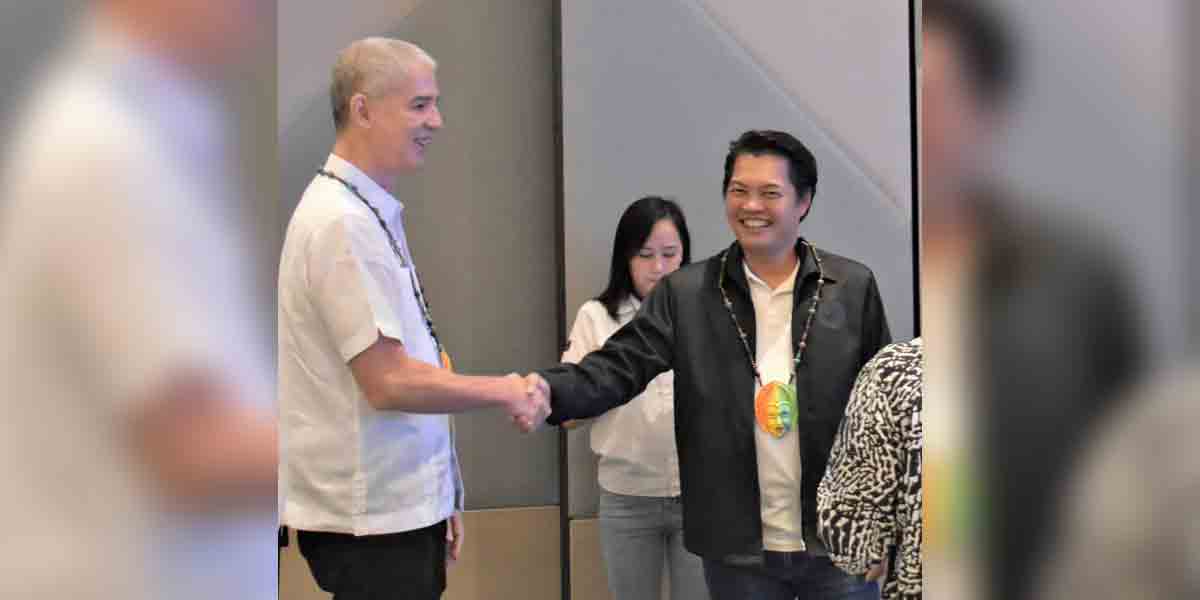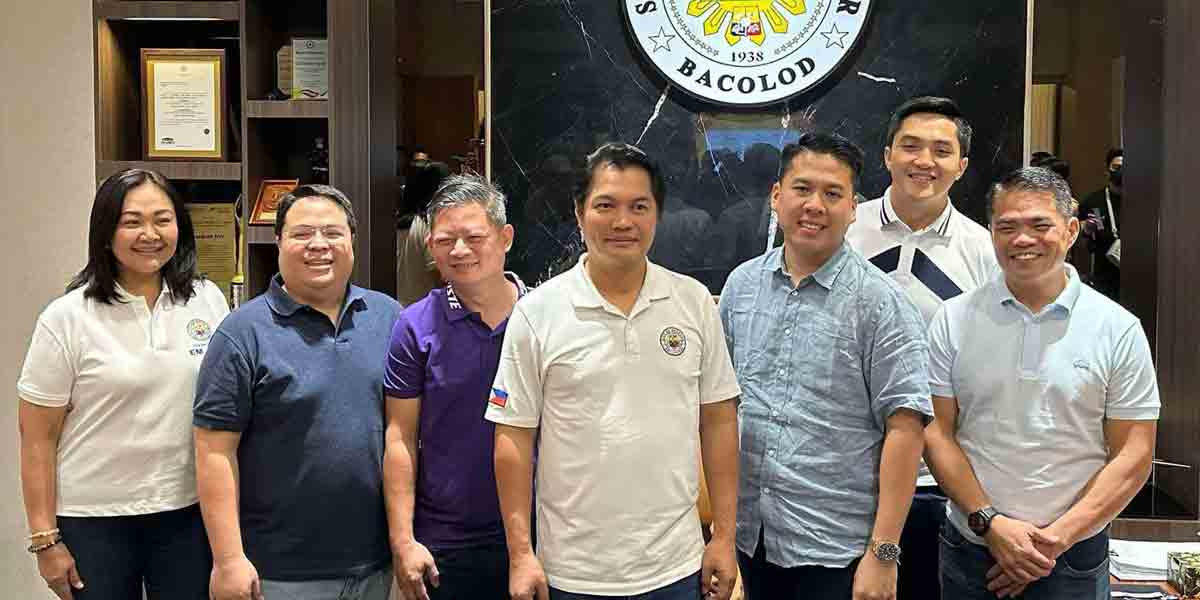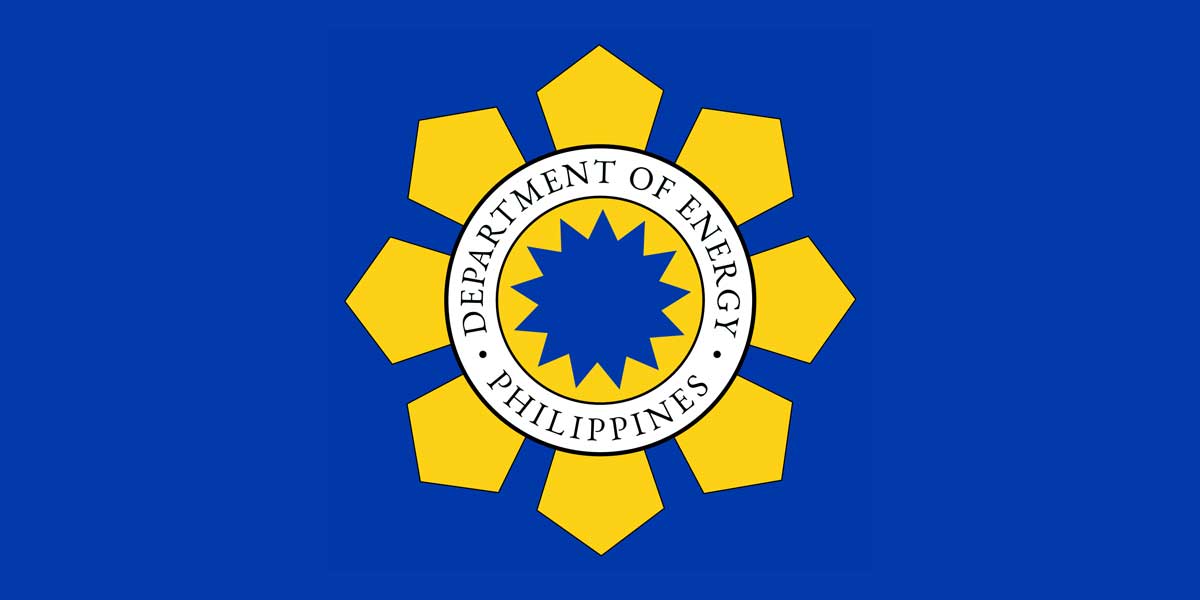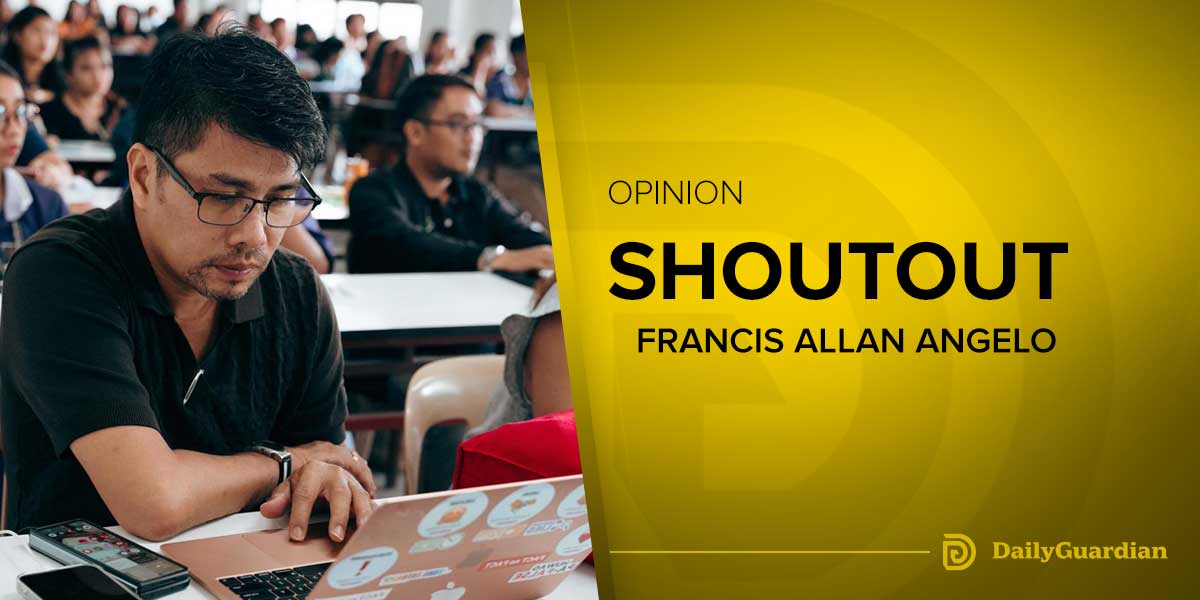By Herman M. Lagon
Our country’s burgeoning debt is not new. Discussions about it began in the late 1960s, gained prominence in the Martial Law years up until the 1990s, and are most urgent until now. The trend is ingrained in national policies and economic strategy, but it is one of the hardest to solve. As the former secretary-general of the Freedom From Debt Coalition (FDC)-Panay in the mid-90s, I have seen firsthand how debt can shape, strain, and sometimes stifle an economy. Today, with debt figures hitting a historic high of PhP15.48 trillion at the end of June this year, it is time to question the endless cycle of borrowing and weigh its long-term impact on every Filipino family.
Looking back, the country’s debt journey began with hopeful aspirations. In the 1960s, the government sought financial support for nation-building projects. The International Monetary Fund (IMF) and World Bank (WB), primary lenders to developing nations, introduced debt-driven policies that aimed to modernize economies but required structural reforms. These included trade liberalization and deregulation—a set of prescriptions that have not aged well. As the Marcos Sr. administration borrowed heavily in the 1970s and 1980s, the economy became heavily dependent on foreign debt. Once martial law ended, the country had a mountain of debt, much wasted, corrupted, abused, or misallocated.
President Benigno “Pnoy” Aquino III’s administration attempted to manage debt and tighten fiscal policies, reflecting the lessons of past crises. Yet, as global debt experts note, shifting national debt trajectories is a steep task, and attempts to tighten the belt fell short of expectations. The following Duterte administration reversed many of these efforts, turning to massive yet corruption-marred infrastructure projects financed through new loans, making up nearly 40% of GDP by 2019.
In addition to testing our ability to bounce back, COVID-19 exposed the vulnerability of our social safety nets and healthcare system. The government had to borrow a lot of money to keep the nation afloat, but this came at a cost. In 2019, we had a manageable debt-to-GDP ratio of 39.6%. However, by 2024, it had risen to 61%, one of the highest recorded percentages. While this spending was undeniably essential to get us through a crisis, it raises a critical question: was each peso spent wisely and as intended? With so much at stake, we deserve clarity on where this money went, and civil society groups, like those leading the Citizens Debt Audit, are stepping up to demand exactly that—transparency and accountability.
This rising debt is not just about big numbers in reports; it is a burden that each of us bears. Today, the national debt translates to about PhP138,684 for every Filipino, affecting our daily lives. This debt load limits what can be spent on critical services, like education and healthcare, and pushes up interest rates for those needing loans as the government competes with local borrowers for funds. For a nation where nearly one in four people live in poverty, these numbers are daunting and feel almost personal.
And if the burden of debt were not enough, instances of mismanagement and corruption only deepen the wound. Scandals like the Pharmally fiasco and the Napoles pork barrel scam are stark reminders that billions can be wasted without rigorous checks—money that could have gone toward building a more resilient future.
The effect on our debt burden is palpable, with the Asian Development Bank (ADB) estimating that corruption drains around 1-2% of our GDP annually. Such misuse of funds exacerbates the debt situation, forcing the government to borrow more to plug fiscal gaps. For the average Filipino, these scandals fuel frustration, as they see a government that borrows on their behalf, only to let funds slip through the cracks of corruption.
Fitch Ratings and the WB have issued cautious outlooks on the Philippines, noting a global surge in debt vulnerabilities, especially for developing countries. The surge in interest rates has compounded these vulnerabilities as debt-servicing costs rise and new loan commitments dwindle. With fewer options for refinancing, our nation faces the challenge of managing debt without falling into the trap of perpetual borrowing. Future generations may bear this burden if policymakers fail to adopt a more prudent approach to debt management.
Reducing the debt-to-GDP ratio is achievable but demands a shift in how we generate and allocate funds. Former Finance Secretary Gary Teves suggested bolstering tax collection, particularly through reforms targeting low-efficiency tax areas. Aside from the efficiency and reliability in tax collection, proposed taxes on digital services and single-use plastics could also help, but more is needed to bridge the revenue gap. For now, engaging in public-private partnerships (PPP) and privatizing certain government assets are the quickest solutions. San Miguel Corp.’s recent bid to improve the Ninoy Aquino International Airport is a promising example, offering upfront payments that could reduce debt reliance.
A crucial part of tackling debt is addressing spending inefficiencies, especially the military and uniformed personnel (MUP) pension scheme, a system currently threatening to spiral out of control. MUP pensions stand at an unsustainable PhP 5.58 trillion, nearly equivalent to the 2024 national budget. Without reform, these obligations will continue to drain public resources that could be better invested in public welfare projects. It is time for Congress to revisit this system with equity and sustainability in mind.
Debt-driven policies may once have seemed necessary to accelerate development, but they have now led to a cycle of dependency that benefits few. To foster genuine progress, the country must revisit its priorities, taking lessons from its debt-ridden past. We need policies that generate local employment and lessen import reliance, especially on staples. A diversified economy, with industries resilient enough to weather global downturns, could better withstand external pressures and reduce the need to borrow.
The road to debt reduction is challenging but essential. In many ways, it mirrors the values of responsible stewardship—a commitment to manage today’s resources with future generations in mind. This stewardship demands sacrifice, transparency, and, above all, accountability. We must stay vigilant and hold our leaders accountable, pushing for a system that treats debt responsibly rather than risking our future for quick fixes.
If we continue down this path, future generations may look back and wonder why we did not make better choices when we had the chance. Reducing debt is not just about balancing the books; it is about ensuring that tomorrow’s Filipinos are not left with a burden they did not choose. A national commitment to breaking free from debt dependence is needed now more than ever.
***
Doc H fondly describes himself as a “student of and for life” who, like many others, aspires to a life-giving and why-driven world grounded in social justice and the pursuit of happiness. His views do not necessarily reflect those of the institutions he is employed or connected with.




















